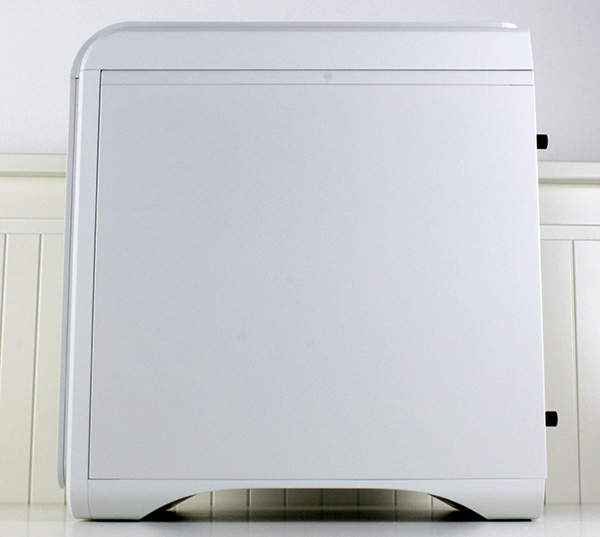The company used special air inlets that make the front of the chassis look a lot more interesting. The inlets surround the front panel on three sides. The front panel itself has a single 5.25” slot for an optical drive along with a 3.5” slot. The Aerocool logo sits at the bottom, adding a bit of flare to the minimalistic front panel. The standard top panel, pictured on the left, can be replaced by a mesh cover to improve airflow.
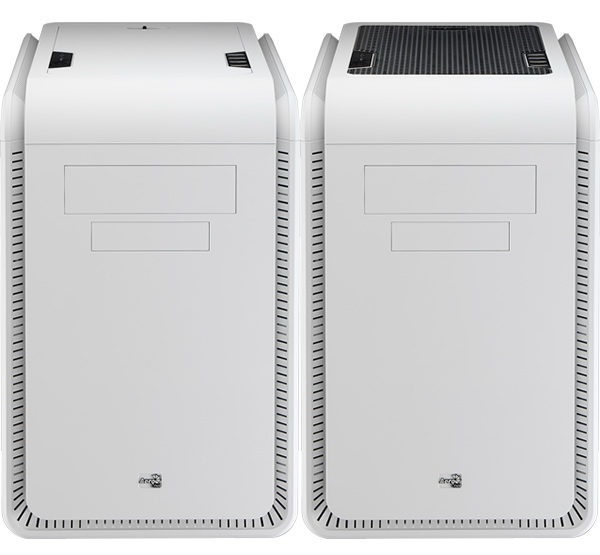
The panel can be easily removed, opened or swapped. The standard panel is used to keep noise down, while the mesh panel offers more space for hot air to find its way out of the chassis. Aerocool decided to use relatively quiet Deep Silence fans and the standard panel is obviously the company’s default choice. Should you need more airflow, you can easily replace it with the black mesh cover.
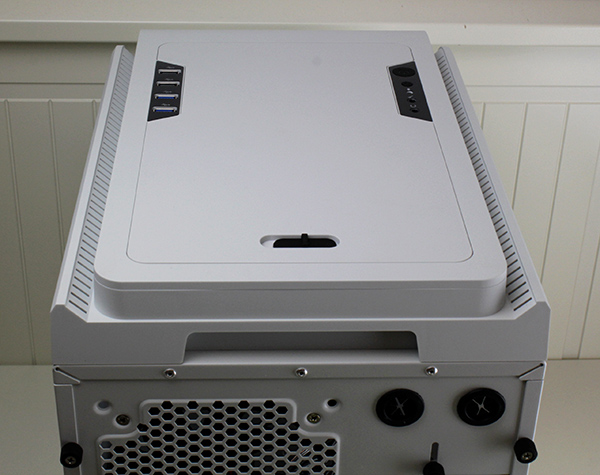
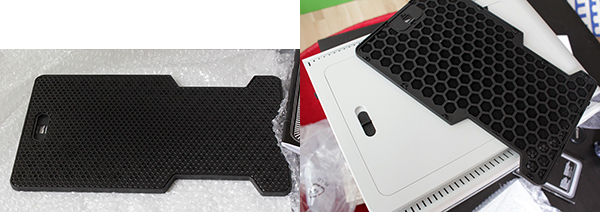
While swapping the panel you also need to move the slide-clip lever from the old to the new panel, which is the biggest step in the whole process. Still, it is easy to do and supplying a single lever helps keep costs down.
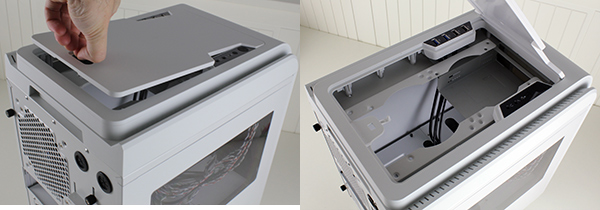
In addition to improving airflow, the mesh panel can be installed for aesthetic purposes, in case you want to add a bit of contrast to your rig.
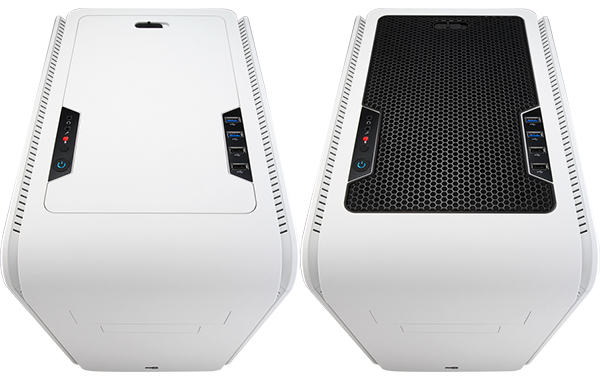
On either side of the panel you’ll find the standard list of connectors. The left side features two USB 3.0 and two USB 2.0 ports, while the right side is home to the power and reset buttons, along with the HDD activity LED and audio connectors.
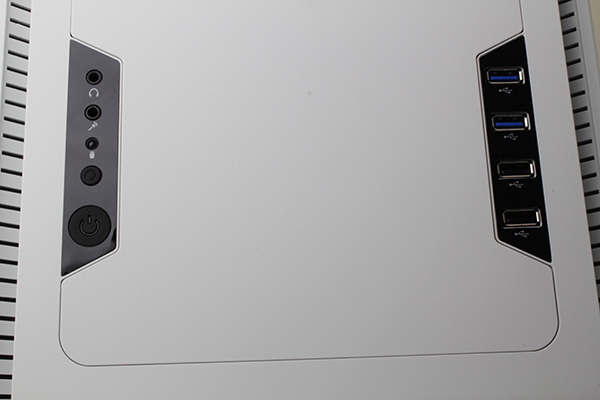
The front panel, the top panel and the frame are plastic, but they have a soft, matte finish.
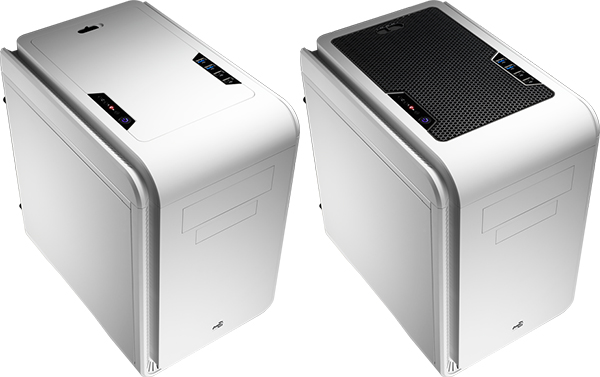
The side panels are metal. The finish is very similar, so at a glance most people won’t even notice that different materials are in play. The left and right side panels look the same and they don’t feature any openings or vents.
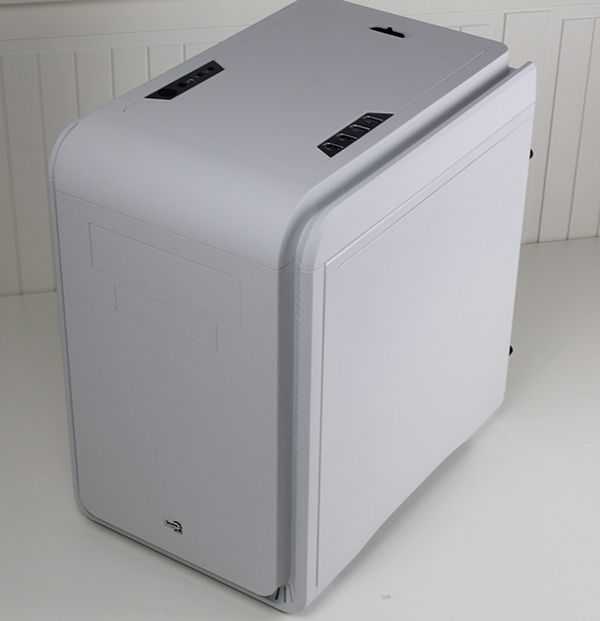
The next image shows the Dead Silence with the optional acrylic side window. The windows is big and it offers a good views of the motherboard, graphics card and CPU cooler. The HDDs and PSU are hidden “downstairs” and they are not visible.

The front panel has to be removed if you want to stick an optical drive into the 5.25” bay. To remove the front panel simply hold the cutout at the bottom of the front panel and pull the bezel towards you with a firm tug. The front fan is not equipped with dust filter. You can access the fan from inside the case, but first you have to undo the screws from the front side.
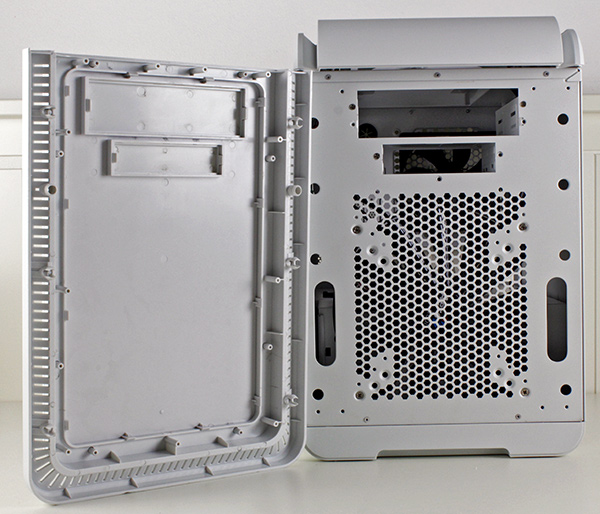
A look at the rear panel reveals an important thing to keep in mind – the Dead Silence is much wider than standard mid-tower cases. The location of the expansion slots as well as the vertically mounted I/O panels indicate that the motherboard is not mounted vertically – it is horizontal.
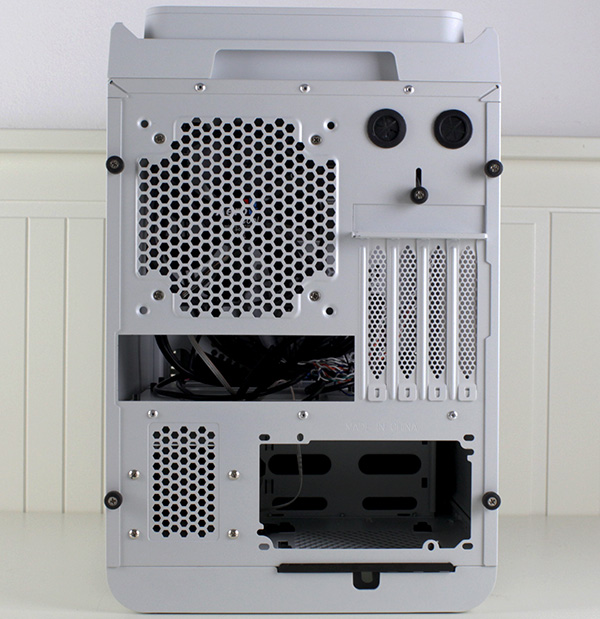
On the rear panel there is a pre-installed 120mm fan, but you can replace it with a 140mm fan.
You’ll find dust a filter underneath the PSU. The PSU filter can be taken out for cleaning with a tug from the back of the case.
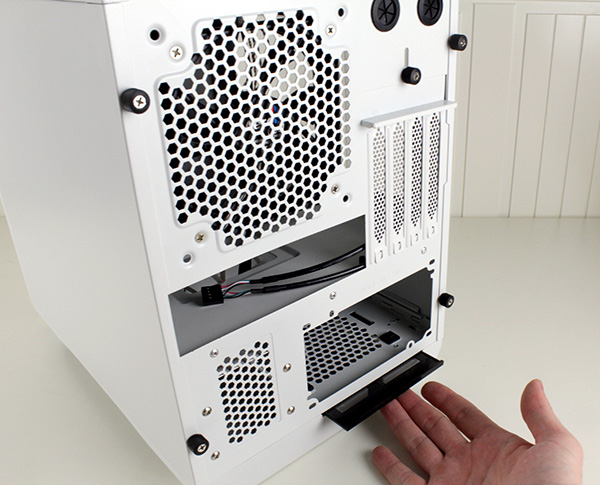
The side panels lack a handle or finger hole, but they are easily removed.
The Dead Silence stands on special feet that are stable and tall enough in the middle to allow the air to be drawn in from the bottom of the case.
